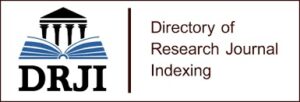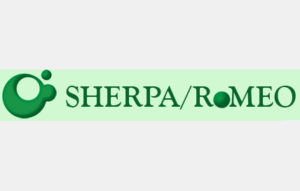EVALUATION OF SLUDGE SUBSTITUTION IN NEW ZEALAND WHITE RABBIT FEED IN TERMS OF CARCASS AND NON-CARCASS PRODUCTION
New Zealand White rabbits are one of the broiler rabbits that have high adaptability, especially in tropical climates. This study aims to determine the provision of dairy cow sludge in New Zealand White rabbit feed on slaughter weight, carcass, and non-carcass production produced. The materials were 20 weaned male rabbits (6-8 weeks old) grouped by body weight (small and large) and five treatments (P0: control, P1: 5% sludge, P2: 10% sludge, P3: 15% sludge and P4: 20% sludge). This study used experimental method with data analysis of Randomized Group Design. Maintenance was carried out for 6 weeks and cutting was carried out on the last day of maintenance. Based on the results obtained, the addition of sludge did not have a significant effect on carcass weight, non-carcass weight, carcass components, and carcass commercial cuts, except for slaughter weight and bone weight (P<0,05 or P<0,01). The results showed that the provision of 5% sludge gave the best results and could be developed as an alternative feed ingredient for rabbits.
Index Terms– carcass, feed, non-carcass, rabbit, sludge




















